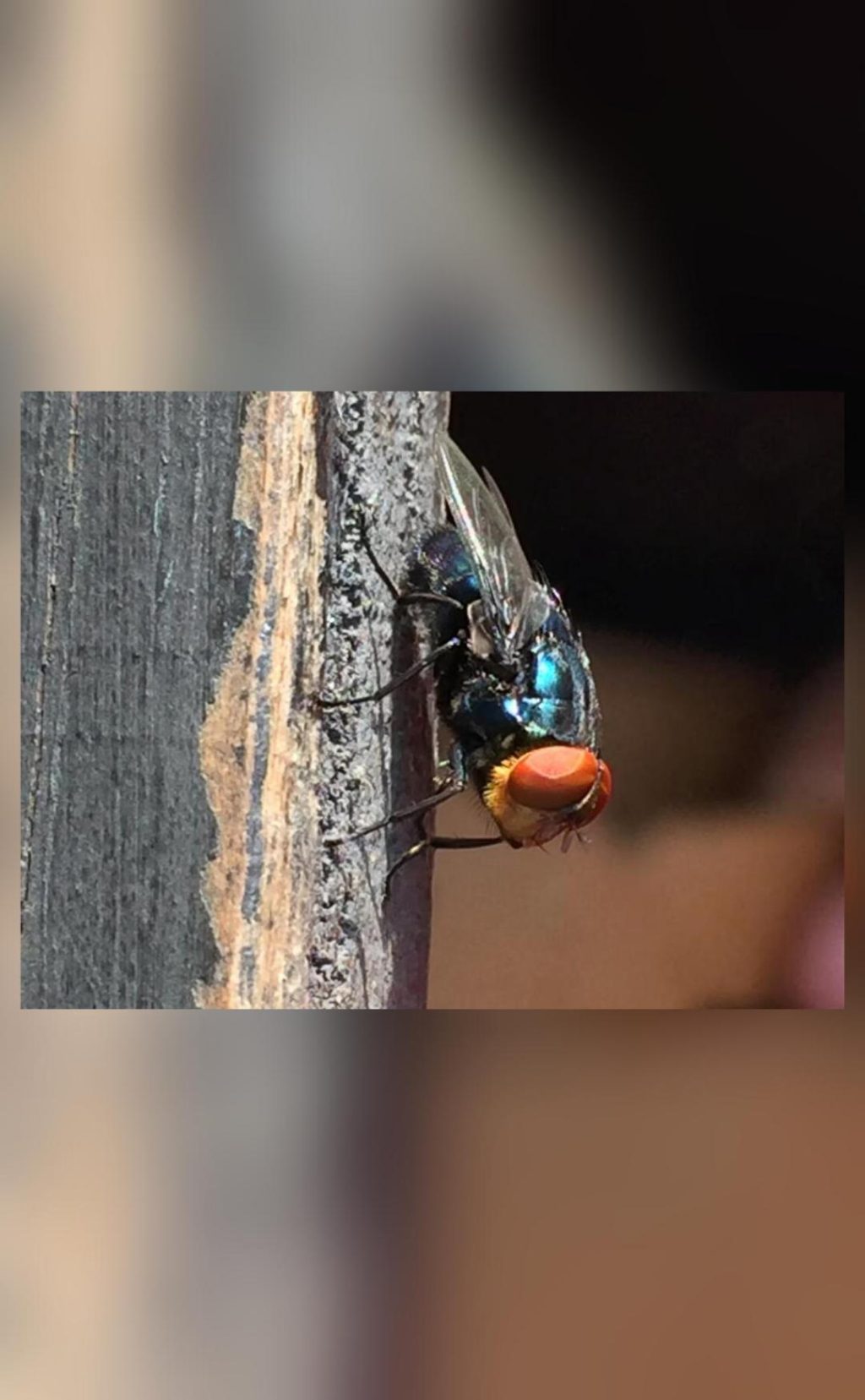
Why is US planning to breed screwworm flies & dump them from planes over Mexico?
The US government has recently announced a plan to combat the threat of the New World screwworm fly, a flesh-eating pest that can cause significant damage to the beef industry. The plan involves breeding billions of male screwworm flies and sterilizing them with radiation, before releasing them over Mexico and southern Texas to mate with wild female flies. This may seem counterintuitive, but the goal is to prevent the female flies from reproducing, thereby reducing the population of the screwworm fly and protecting the beef industry.
The New World screwworm fly, also known as Cochliomyia hominivorax, is a parasitic fly that lays its eggs in the open wounds of livestock, such as cows and horses. The larvae that emerge from these eggs feed on the flesh of the animals, causing significant damage and even death. The screwworm fly is native to Central and South America, but it was nearly eradicated from the US in the 1960s through a similar biological control program.
However, in 1988, a small population of screwworm flies was discovered in southern Florida, and since then, the fly has been spreading northward. Today, the screwworm fly is found in parts of Florida, Georgia, Alabama, and South Carolina, posing a significant threat to the beef industry.
The US government’s plan to combat the screwworm fly is to breed billions of male flies, sterilize them with radiation, and then release them over Mexico and southern Texas. The idea is that these sterilized male flies will mate with wild female flies, causing the female population to decline and eventually die out. This method is known as a “sterile insect technique” (SIT), and it has been used successfully in the past to control the population of other insects, such as mosquitoes and moths.
The process of breeding and sterilizing the screwworm flies is complex and requires specialized facilities. The male flies are bred in large numbers and then sterilized using gamma radiation, which renders them unable to reproduce. The sterilized flies are then packaged in special containers and released from planes over the affected areas.
The release of the sterile male flies is a coordinated effort that involves multiple government agencies, including the US Department of Agriculture’s Animal and Plant Health Inspection Service (APHIS), the Centers for Disease Control and Prevention (CDC), and the US Customs and Border Protection (CBP). The agencies work together to identify the most effective release points, taking into account factors such as wind direction, temperature, and humidity.
The use of SIT to control the screwworm fly population has several advantages over traditional methods of pest control. For one, it is a targeted approach that does not harm non-target species, such as humans, pets, or other animals. Additionally, SIT is a long-term solution that can provide lasting protection against the screwworm fly, rather than just temporarily controlling the population.
However, there are also some potential drawbacks to the plan. One concern is that the release of large numbers of flies could attract other pests, such as mosquitoes or rodents, which could potentially spread diseases. Another concern is that the flies could cause a nuisance for people living in the affected areas, particularly if they are released in large numbers.
Despite these concerns, the US government’s plan to breed and release sterile screwworm flies is seen as a crucial step in protecting the beef industry and preventing the spread of the screwworm fly. The plan has been welcomed by many in the agricultural industry, who see it as a necessary measure to prevent the significant economic losses that could be caused by the screwworm fly.
In conclusion, the US government’s plan to breed and release sterile screwworm flies is a complex and targeted approach to controlling the population of the New World screwworm fly. While there are some potential drawbacks to the plan, the benefits of using SIT to control the screwworm fly population are significant, and it is an important step in protecting the beef industry and preventing the spread of this flesh-eating pest.






